The Indo-Guyanese, or East Indians, are the largest ethnic group at 44% of the population, and they are descendants of indentured laborers from India.
LITTLE GUYANA — South Richmond Hill, Queens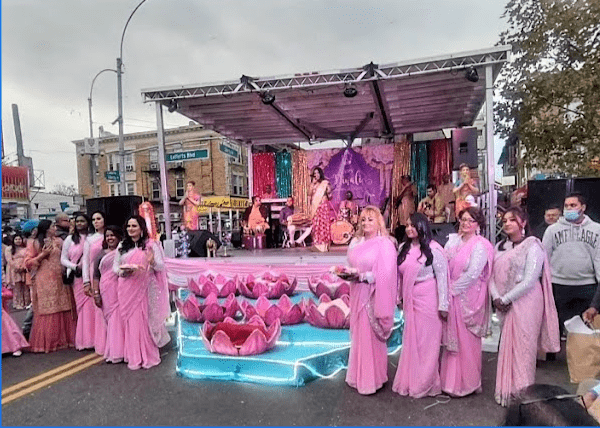 Thirty Blocks around Liberty Ave, 104-134 st
Thirty Blocks around Liberty Ave, 104-134 st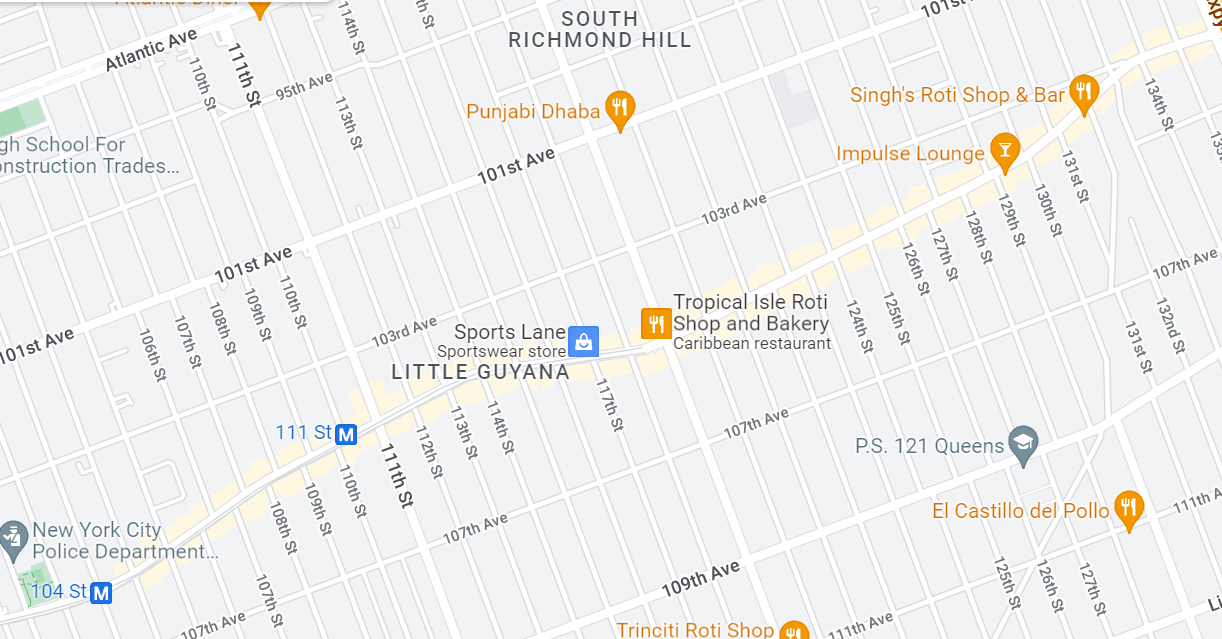 There are approximately 140,000 Guyanese residents in New York City, most of which live in either Richmond Hill or Canarsie and Flatbush in Brooklyn. This makes the Guyanese-American community the second-largest foreign-born group of immigrants in Queens.
There are approximately 140,000 Guyanese residents in New York City, most of which live in either Richmond Hill or Canarsie and Flatbush in Brooklyn. This makes the Guyanese-American community the second-largest foreign-born group of immigrants in Queens.
NYC MICRO NEIGHBORHOODS: ASIAN FOOD AND CULTURE IN FLUSHING, QUEENS
The racial makeup of the CANARSIE neighborhood was 81.0% (67,816) African American, 5.9% (4,928) non-Hispanic White, 0.2% (192) Native American, 2.6% (2,198) Asian, 0.0% (8) Pacific Islander, 0.4% (332) from other races, and 1.5% (1,278) from two or more races.
The Caribbean Comes to Canarsie
(c. 1900 – present)
Immigrants from the Caribbean have been coming to Canarsie since the turn of the twentieth century, a time when vast numbers of Caribbean peoples emigrated to New York and other cities along the United States’ eastern seaboard.37 In the early twentieth century, a “sizeable number” of immigrants from the West Indies, namely “Bahamians, ship jumpers, and former stevedores from Barbados and Jamaica,” settled the Canarsie Meadows close to the bay, in the vicinity of Seaview Avenue and Rockaway Parkway.38 Coincidentally, the small West Indian population was located directly south of Colored Colony (centered on Avenues J and K) along Rockaway Parkway—the same distance between the Canarsie and Jamaica Bay branches of Brooklyn Public Library. These early Caribbean Canarsiens did not live in a homogenous ethnic enclave, but dwelled in slums alongside many poor Irish and Italian families, as well as migrant black workers from the American south. In 1955, these slums were razed to make way for the development of the Bayview housing complex. 39
New York City has always had a particular pull for Caribbean immigrants. Both before and after the 1965 Immigration and Nationality Act (which abolished earlier quotas on the entry of West Indians into the country), roughly half of all Caribbean peoples to come to the United States chose to make New York their home.40 By the 1990s, the opening of Canarsie’s private housing market to people of color prepared the way for a great inflow of West Indian peoples into the neighborhood, for whom home ownership has always been a core cultural value.41 Families from Jamaica, Haiti, Trinidad and Tobago and beyond who live, work, worship and go to school in the neighborhood make today’s Canarsie a colorful microcosm that reflects the vibrancy of the Caribbean world.
The racial makeup of the FLATBUSH neighborhood was 19.9% (21,030) White, 48.6% (51,470) African American, 0.3% (281) Native American, 9.2% (9,712) Asian, 0.0% (26) Pacific Islander, 0.5% (575) from other races, and 1.9% (2,051) from two or more races. Hispanic or Latino of any race were 19.5% (20,659) of the population.
CHINESE FOOD IN FLATBUSH AND CANARSIE
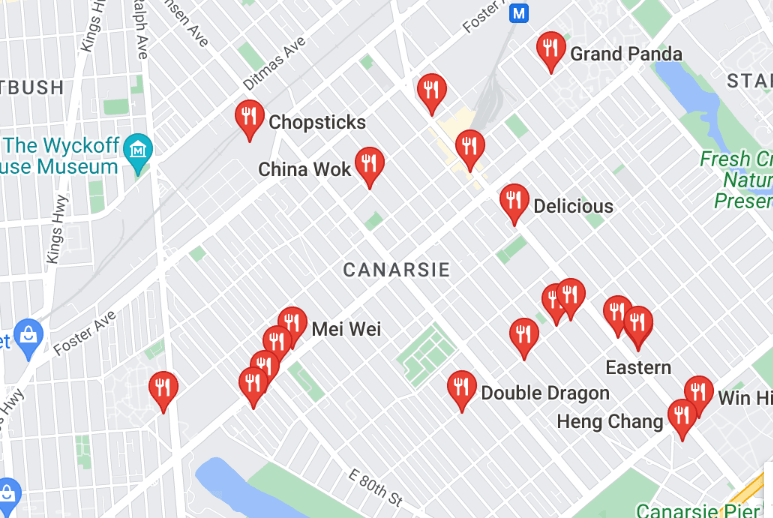 INDIAN FOOD IN FLATBUSH AND CANARSIE
INDIAN FOOD IN FLATBUSH AND CANARSIE
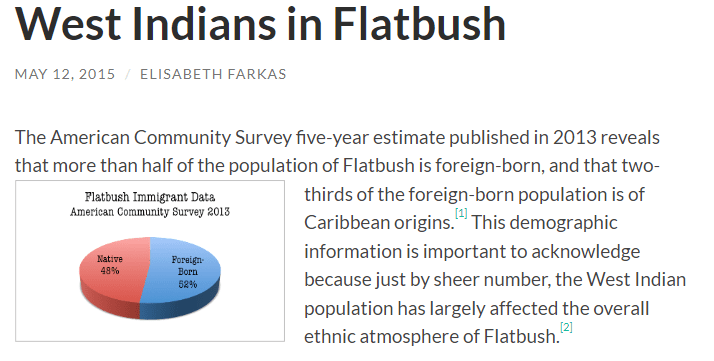
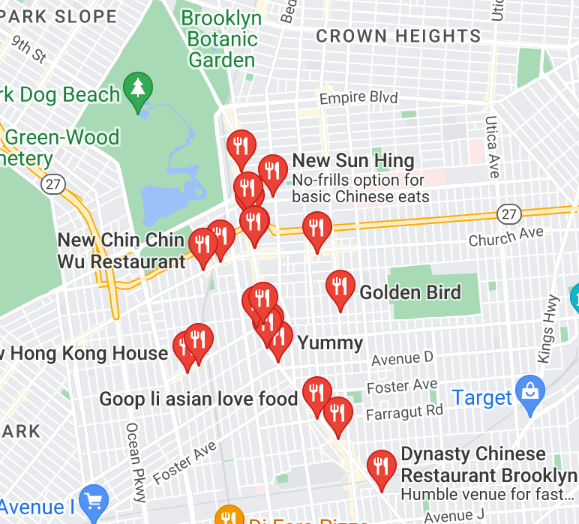
Valuable info. Fortunate me I found your website accidentally, and I’m surprised why this accident did not took place earlier! I bookmarked it.
Some genuinely interesting information, well written and generally user friendly.
Can I simply say what a aid to find somebody who truly is aware of what theyre speaking about on the internet. You definitely know tips on how to carry an issue to gentle and make it important. Extra people need to learn this and perceive this side of the story. I cant believe youre no more well-liked since you positively have the gift.
I think you have observed some very interesting points, regards for the post.
Yeah bookmaking this wasn’t a high risk decision great post! .
I¦ve read several good stuff here. Certainly price bookmarking for revisiting. I wonder how much attempt you put to create this kind of great informative website.
Enjoyed examining this, very good stuff, regards. “The fox knows many things, but the hedgehog knows one big thing.” by Archilocus.
Do you have a spam issue on this site; I also am a blogger, and I was wanting to know your situation; many of us have developed some nice procedures and we are looking to exchange techniques with other folks, please shoot me an e-mail if interested.
I was reading some of your posts on this website and I think this website is very instructive! Keep posting.
I have been absent for a while, but now I remember why I used to love this web site. Thanks , I will try and check back more often. How frequently you update your website?
Woh I enjoy your blog posts, saved to bookmarks! .